The average backyard in the US can range from tiny spaces to acres of room, but one thing that will remain constant is when it comes to gardens a certain amount of strategy is needed. Deciding what the purpose of your garden is can be a good first step. Read on to learn how to plan a garden to maximize your garden's potential.
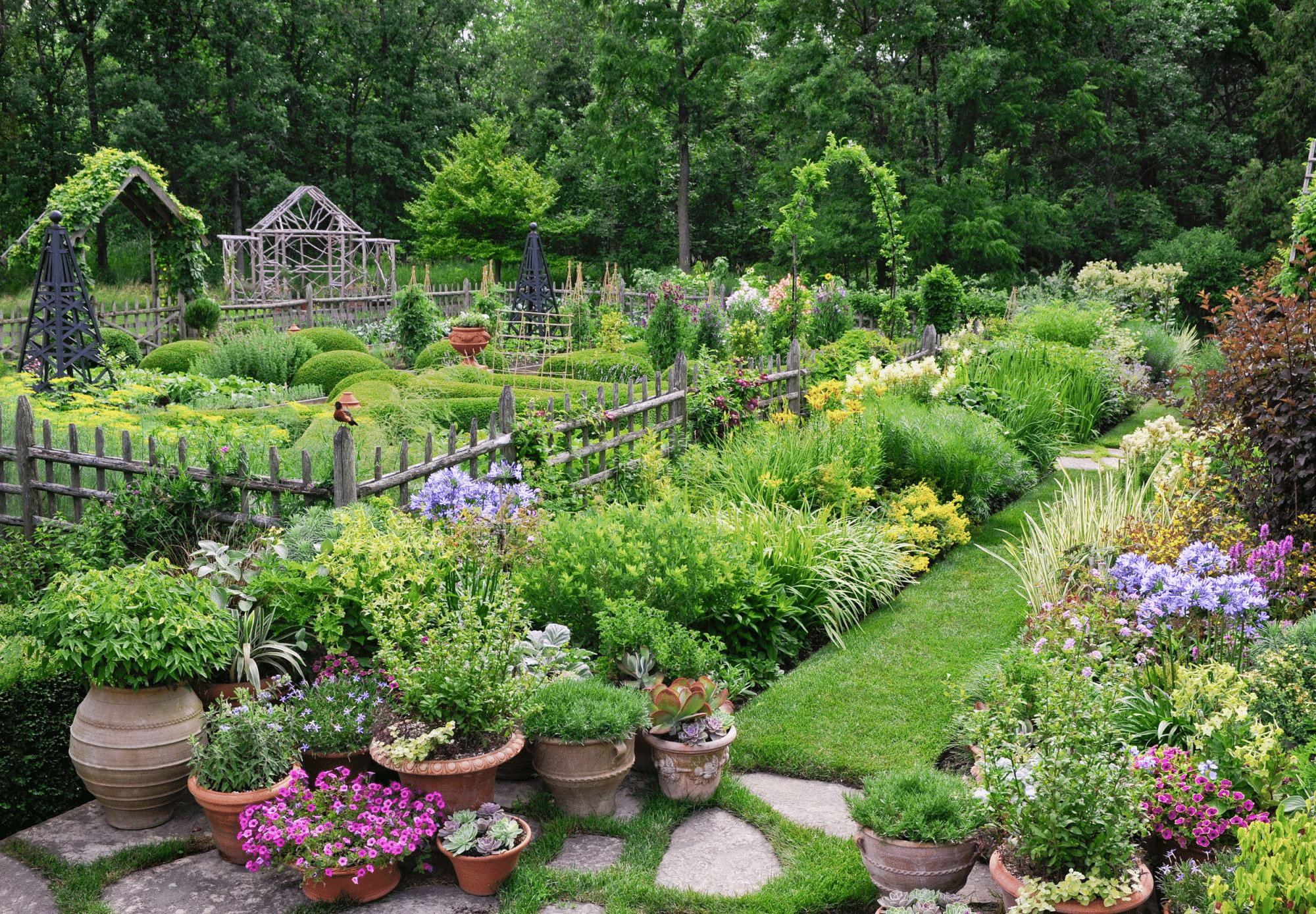
Why are you Planting a Garden?
It’s possible you just woke up one day and decided…today I’m planting a garden. But, more than likely there was a reason for wanting to make the investment it takes in planning a garden.
Deciding the purpose of your garden is an important step in garden planning and designing your outdoor space. It helps you align your efforts, resources, and design choices with your specific goals and aspirations. Here are some factors to consider when determining the purpose of your garden:
● Beauty and Aesthetics
● Food Production
● Environmental Stewardship
● Outdoor Living and Entertainment
● Therapy and Well-being
● Education and Learning
● Privacy and Screening
Beauty and Aesthetics:
Many people create gardens primarily for their visual appeal. If your goal is to create a beautiful and serene space, you can focus on incorporating elements such as colorful flowers, well-designed layouts, pleasing textures, and attractive focal points. Aesthetically pleasing gardens can provide a space for relaxation, inspiration, and enjoyment.
Food Production:
Growing your own food is a popular purpose for a garden. Whether you are off-setting the prices of some foods, or just trying to become a bit more self-sustaining, growing your own vegetable garden for food is a great way to achieve that.
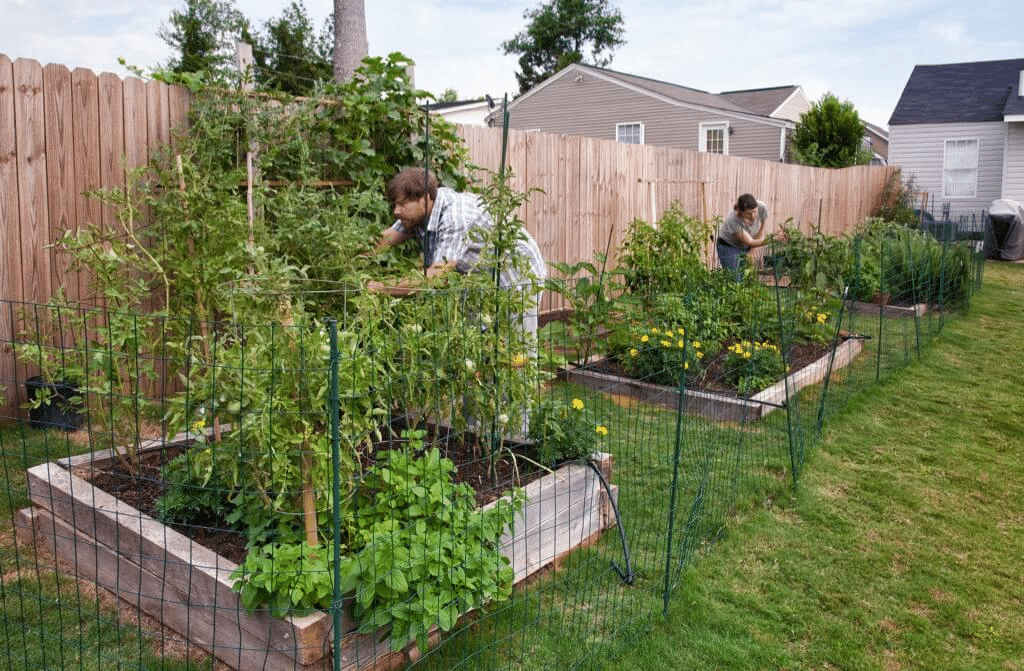
If you're interested in growing fruits, vegetables, herbs, or other edible plants, you can design your garden to maximize productivity and optimize space for growing food. Consider factors like crop selection, space allocation, companion planting, and efficient irrigation to support a productive food garden.
Environmental Stewardship:
You can create a garden that supports local wildlife, provides habitat for pollinators, incorporates native plants, conserves water, and uses organic gardening practices. An environmentally focused garden can contribute to biodiversity and help mitigate the impacts of climate change.
Outdoor Living and Entertainment:
Gardens can serve as an extension of your living space, providing an area for relaxation, entertaining guests, or engaging in outdoor activities. Consider including seating areas, outdoor kitchens, fire pits, play spaces for children, or other amenities that enhance your surrounding landscape.
If you have taken the time to plan out your backyard garden area it will be something you can be proud of and want to show off.
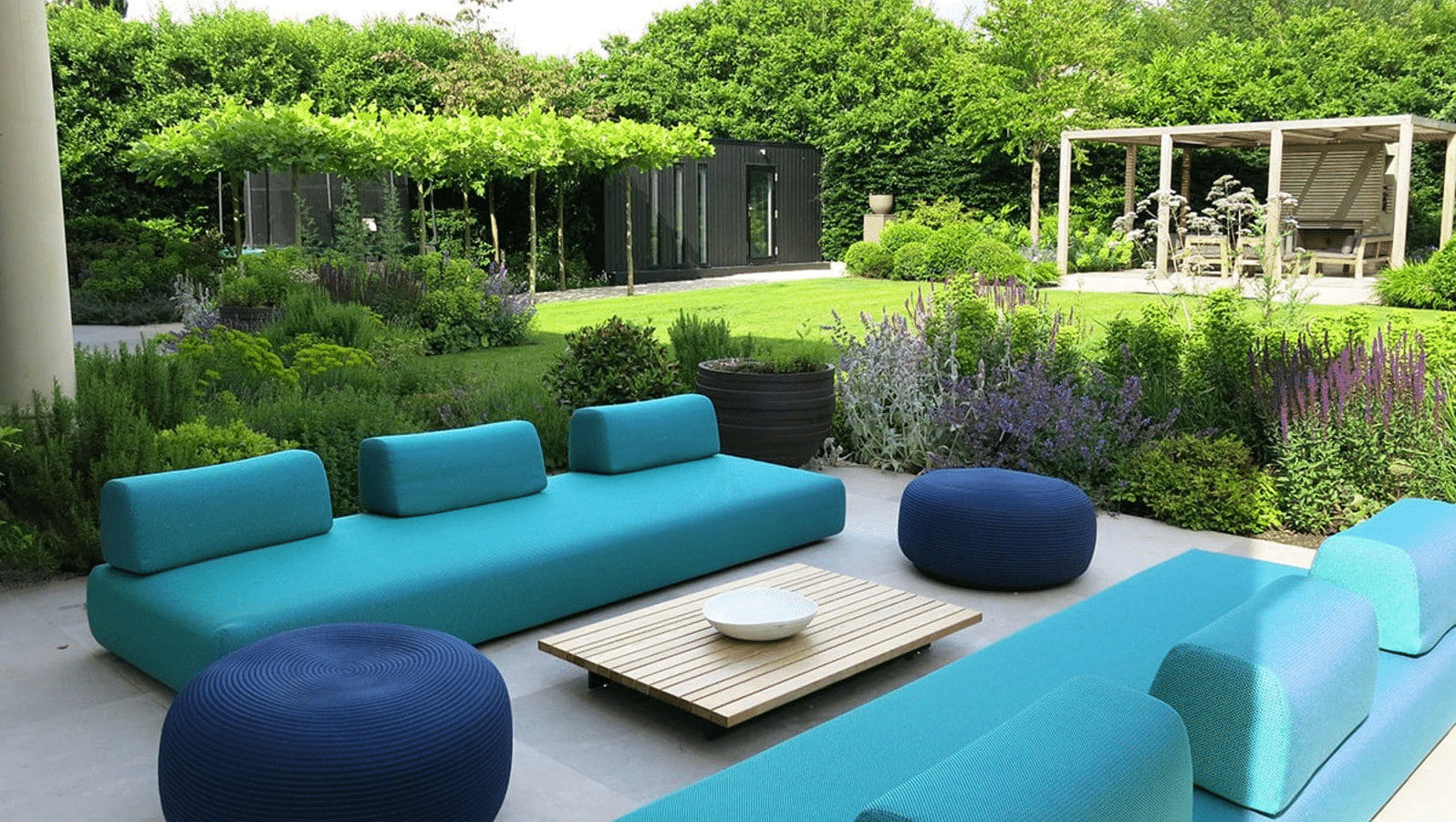
Therapy and Well-being:
Gardens can have therapeutic benefits and contribute to your overall well-being. If you're looking to create a garden that promotes relaxation, stress relief, or healing, you can incorporate elements like aromatic plants, sensory features, meditation spaces, or areas for yoga and exercise.
Privacy and Screening:
Gardens can provide privacy and act as a barrier between your property and the outside world. If privacy is a primary consideration, you can design your garden to include tall hedges, fencing, or strategic plantings that create privacy screens.
Remember that the purpose of your garden can be a combination of these factors or something entirely unique to your preferences and needs. It's helpful to clarify your goals and prioritize what matters most to you. This will guide your decisions in terms of plant selection, layout, maintenance practices, and overall garden design.
Time Investment for Planning a Garden
Managing a garden does require a certain amount of time investment, but the specific time required can vary depending on factors such as the size of your garden, the number and types of plants you have, and the level of complexity of your garden management practices. Here are some general time considerations:
● Initial Setup: Setting up a garden may require a significant time investment, especially if you're starting from scratch. Tasks like soil preparation, building raised beds, installing irrigation systems, or constructing trellises and supports can take time initially but provide long-term benefits.

● Daily Maintenance: Maintaining a garden involves daily tasks such as watering, monitoring for pests and diseases, and observing plant health. Depending on the size of your garden, these tasks may take anywhere from a few minutes to an hour or more each day.
● Weekly Tasks: Weekly tasks include weeding, pruning, harvesting, and general tidying up. This can take an additional few hours per week, depending on the size and complexity of your garden.
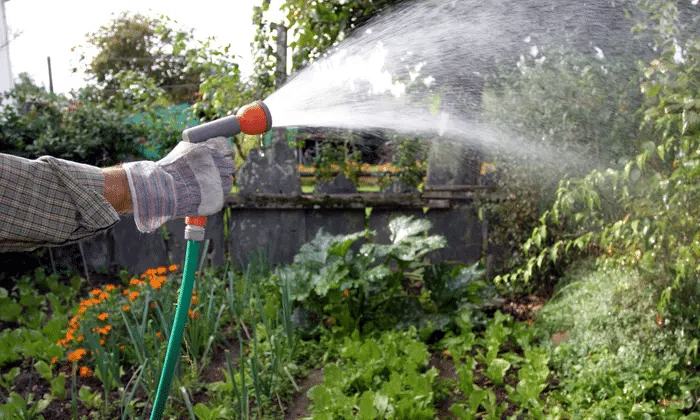
● Seasonal Tasks: Throughout the year, there are seasonal tasks that require more time, such as planting or transplanting, applying fertilizers or compost, mulching, and preparing for winteror summer. These tasks are spread out over the year but may require several hours of work during each specific season.
● Learning and Research: Investing time in learning about gardening techniques, and plant care, and staying updated on new developments can greatly enhance your gardening success. This can involve reading books, attending workshops, watching videos, and engaging with online gardening communities. The time invested in learning is ongoing but can be flexible based on your personal interest and availability.
It's important to note that as you gain experience and establish efficient systems in your garden, you may become more familiar with the tasks and require less time overall. Additionally, some gardeners find joy in spending more time in their gardens, while others prefer to streamline their practices to fit their available time.
Ultimately, the time investment in garden management is a personal choice. You can design your garden and choose management strategies that align with the amount of time you're willing and able to commit. Even a small garden can be rewarding and productive with proper planning and efficient use of time.
Quality Over Quantity
The key factor determining the success of your garden is the amount of time you can dedicate to its maintenance. By asking yourself a simple question about the time you can commit, you can transition from a larger garden that becomes overwhelming to a smaller, thriving garden that receives the care and attention you can provide within your available time.
Simply put… don’t set yourself up for failure.
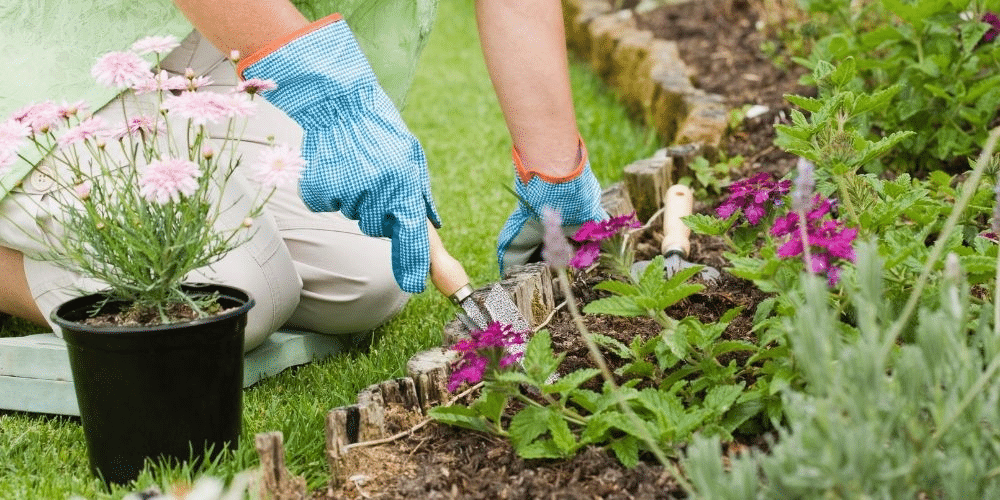
Time and effort play crucial roles in maintaining a garden, and having a smaller garden allows you to allocate more of both to individual plants. With a reduced number of plants to tend to, you can devote increased time and attention to each one, ensuring they receive the care they require.
This focused approach enables you to monitor their growth, identify any issues promptly, and provide timely interventions. Tasks such as watering, weeding, and fertilizing can be accomplished more efficiently in a smaller space, saving you valuable time and effort.
Managing pests and diseases become more manageable as you have fewer plants to monitor and treat, allowing you to address these challenges with greater effectiveness and precision. Ultimately, a smaller garden provides the opportunity to maximize your time and effort, resulting in well-maintained plants and a thriving garden.
A simple garden can be easier to manage, allowing you to concentrate your efforts and maintain your plants effectively. Here are some management and maintenance ideas for you to consider.
Types of Gardening Layouts when Planning a Garden
There are several types of gardening and plant layouts, each with its own unique characteristics and benefits. Here are some commonly recognized types:
● Traditional Row Gardening: This is the most common and straightforward gardening method, where plants are arranged in neat, straight rows with defined spacing between them. It allows for easy access, maintenance, and harvesting.
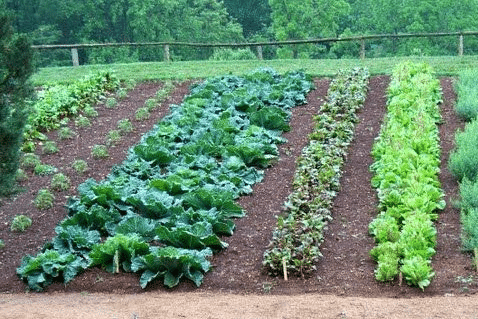
● Intensive Gardening: Intensive gardening involves maximizing the use of space by closely planting crops together. It often includes raised beds, intercropping, and succession planting to increase yields and optimize resources.
● Square Foot Gardening: This is a type of intensive garden layout that divides the growing area into small, square sections. Each square is planted with a specific number of plants depending on its size, allowing for efficient use of space and easy organization.
● Container Gardening: Ideal for small spaces or urban environments, container gardening involves growing plants in pots, containers, or raised beds. It offers flexibility in terms of plant placement, allows for better control over soil conditions, and facilitates mobility.
● Vertical Gardening: Vertical gardening utilizes vertical space by growing plants on walls, trellises, or structures. It is useful for maximizing space, providing shade, and creating an aesthetic display. Techniques like espalier, vertical towers, and hanging baskets are commonly used.
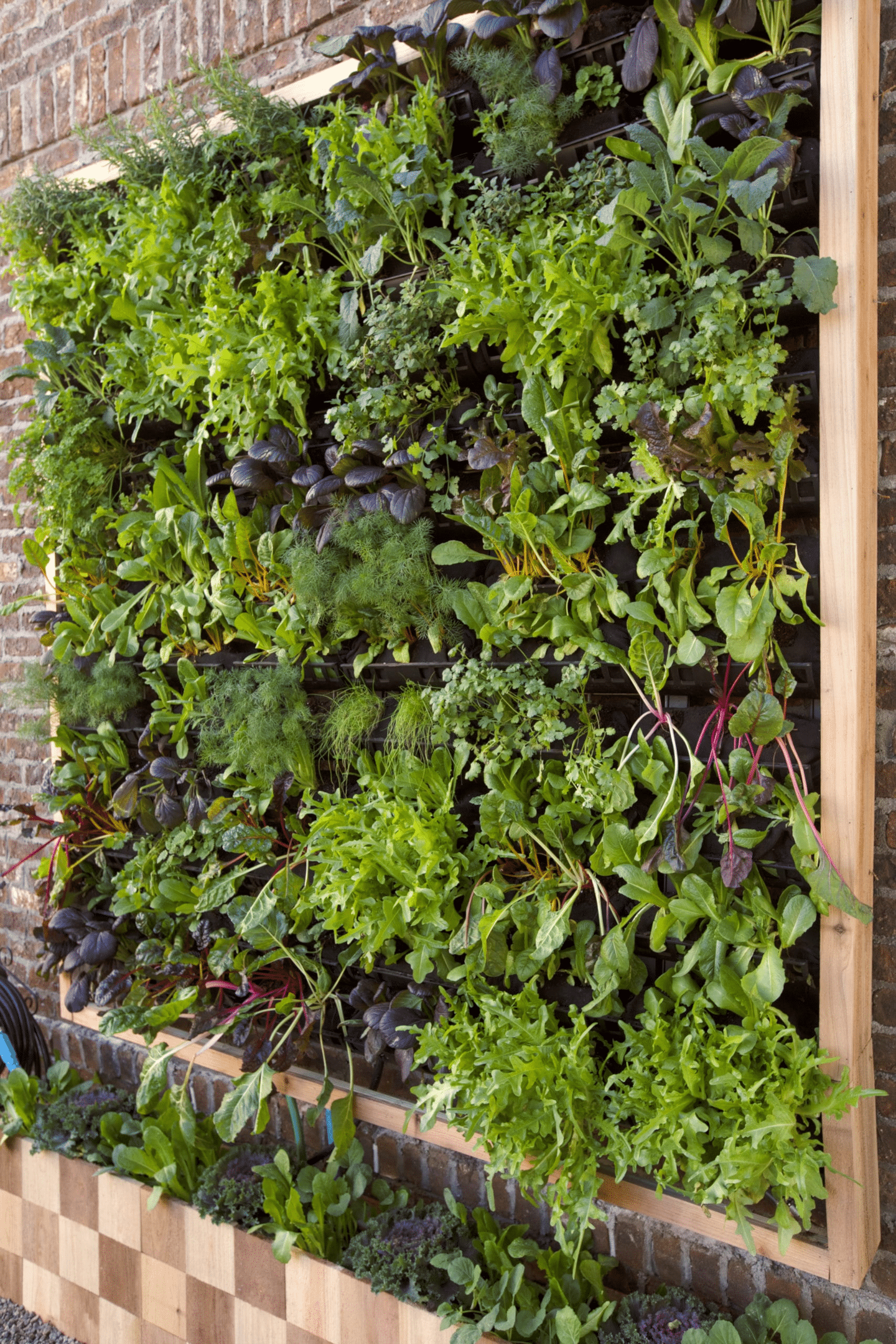
● Companion Planting: Companion planting involves growing different plants together to benefit each other. Certain plants repel pests, improve soil conditions, or provide shade or support to neighboring plants. For example, planting marigolds with tomatoes can deter pests.
● Succession Planting: This method involves planting crops in a staggered manner to ensure a continuous harvest throughout the growing season. As one crop is harvested, another is planted, making efficient use of available space and extending the productivity of the garden.
● Food Forest Gardening: Inspired by natural ecosystems, food forest gardening aims to create a self-sustaining system with layers of edible plants, including trees, shrubs, herbs, and groundcovers. It mimics the structure and functions of a forest, resulting in a diverse and resilient garden.
● Chaos Gardening or Wild Gardening: Also known as natural or wild gardening, this approach involves allowing plants to grow freely without strict organization or control. It encourages biodiversity and supports native species, creating a more natural and ecological garden.
● Raised Bed Gardening: Raised beds are elevated planting areas filled with soil and compost. They offer better drainage, soil control, and reduce the need for bending or kneeling. Raised bed gardening is popular for growing vegetables, herbs, and flowers.

These are just a few examples of the many methods and garden layout options available. Gardeners often customize and combine different techniques based on their space, resources, and gardening goals.
Plan and Design
● Start by creating a detailed garden plan that includes the types of plants, their locations, and spacing requirements.
● Consider factors like sunlight exposure, soil conditions, and water availability when choosing plant varieties.
● Aim for a harmonious design that takes into account color schemes, textures, and seasonal interest.
Admittedly, planning comes easier for some folks than others, but when it comes to maximizing its potential, planning a garden layout can be up towards the top of the list of garden management.
It may be it's only as complex as knowing the sun requirements for a certain plant, or the water needs, or it can be a detailed outline of each plant and its placement. It’s a beautiful thing when a plan comes together.
Soil Preparation and Maintenance
● Prioritize soil health by testing and amending it with organic matter like compost, well-rotted manure, or leaf mold.
● Regularly mulch your garden beds to retain moisture, suppress weeds, and improve soil fertility.
Understanding the soil you are dealing with is a great way to maximize your garden's potential.
Plant Selection
● Choose plants that are well-suited to your local climate and growing conditions.
● Emphasize native or drought-tolerant plants that require less maintenance and are better adapted to the environment.
● Utilize zone maps to give you a better idea of what will grow in your area

Side note: Don’t be afraid to stretch the boundaries of the zone recommendations.
Proper Plant Spacing and Pruning When Planning a Garden
● Avoid overcrowding by providing sufficient space between plants to allow for proper growth and airflow, reducing the risk of diseases.
● Regularly prune and train plants to improve their form, control size, and promote better flowering or fruiting.
● Remove any dead, diseased, or damaged plant material promptly to prevent the spread of pests or diseases.
Overplanting or over-seeding is okay if you are going to be thinning them out in the future.
Organic Fertilization
● Focus on organic fertilizers, such as compost or well-balanced organic fertilizers, to nourish your plants.
● Consider using natural amendments like fish emulsion, seaweed extract, or compost tea to provide additional nutrients and stimulate plant growth.
Regular Maintenance and Care for Planning a Garden
● Dedicate time to regular garden maintenance, including weeding, deadheading spent flowers, and removing fallen leaves or debris.
● Monitor plant health and address any issues promptly to prevent them from spreading or becoming severe.
● Stay informed about seasonal tasks, such as pruning, dividing perennials, or winter protection for vulnerable plants.
Remember, a garden is an evolving space, and continuous learning and experimentation are key to maximizing its potential. By focusing on quality and giving your plants the attention they deserve, you can create a thriving and beautiful garden.


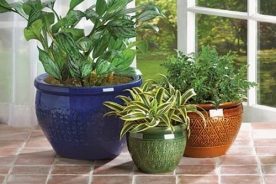
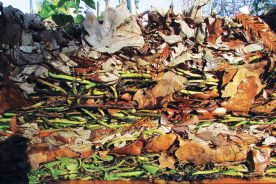

No Comments